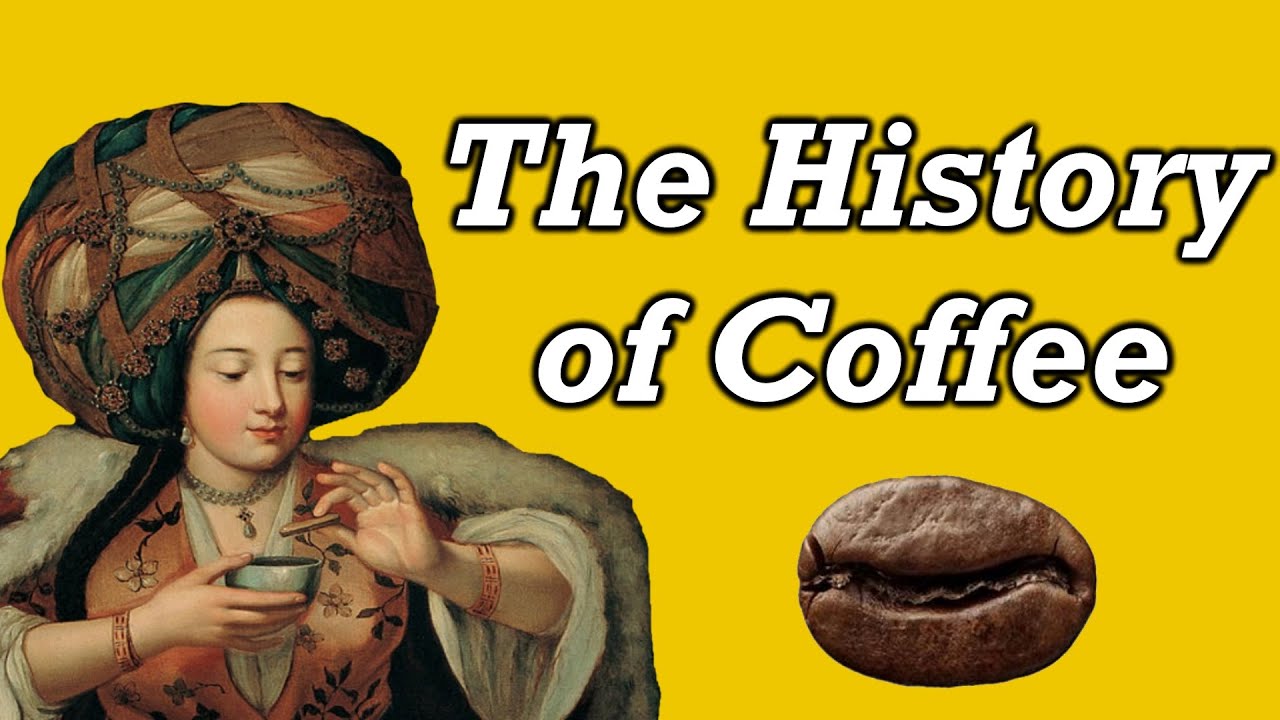How did ancient civilizations make ice cream? - Vivian Jiang
Summary
TLDRThe script narrates the intriguing history of ice cream, from its origins as a luxury enjoyed by ancient elites to its evolution into a global phenomenon. It highlights the first recorded ice cream recipe by Neapolitan chef Antonio Latini in 1692 and its journey to America, where technological advancements democratized its consumption. The story also touches on the CIA's failed plot to poison Fidel Castro with a frozen pill and the rise of ice cream as a cultural staple, reflecting our enduring love for the dessert.
Takeaways
- 🕵️♂️ In 1963, two CIA agents attempted to poison Fidel Castro's chocolate milkshake with a pill that failed due to freezing to the freezer coils.
- 🍨 The history of cold desserts dates back to the first century, enjoyed by ancient Rome, Mughal India, and Tang dynasty China's royal elites.
- 🏔 Ancient methods to create ice treats included laborers harvesting glacial ice and 'sky cooling' in shallow pools radiating heat into the desert skies.
- 🍦 The modern cream-based ice cream was inspired by sherbet, an icy drink from Persia, which gained popularity in the Middle Ages.
- 📜 In 1692, Neapolitan chef Antonio Latini recorded a recipe for a milk-based version, considered by some as the first ice cream.
- 🚢 Ice cream recipes traveled to North America with European settlers in the 18th century, remaining a luxury for the upper classes.
- 💰 George Washington spent a significant amount on ice cream, equivalent to $6,600 today, highlighting its status as an elite treat.
- 🏭 The invention of the ice cream-making machine by Nancy Johnson in 1843 and the improvement of the ice trade by Frederic Tudor made ice cream more accessible.
- 🏙️ Italian immigrants selling ice cream on the streets and the combination of soda with ice cream at soda fountains contributed to its widespread popularity.
- 🍺 Prohibition in the 1920s led to saloons transforming into soda fountains and breweries producing ice cream, further increasing its availability.
- 🛒 Advancements in refrigeration technology by the end of World War II allowed the average American home to have a freezer for ice cream storage.
- 🚚 The development of freezer-equipped trucks enabled the distribution of frozen treats, making ice cream even more widely available.
Q & A
What was the alleged CIA plan involving Fidel Castro and a chocolate milkshake in 1963?
-The CIA allegedly planned to poison Fidel Castro by placing a pill in his chocolate milkshake. However, the pill reportedly froze to the freezer coils and broke, which thwarted the plan.
How far back do the first accounts of cold desserts and iced drinks date?
-The first accounts of cold desserts and iced drinks date back to the first century, with evidence of their consumption in ancient Rome, Mughal India, and Tang dynasty China.
Who were the main consumers of icy treats in ancient times?
-In ancient times, icy treats were mainly enjoyed by the royal elites, such as wealthy Mediterranean nobility and ancient Persians.
What was the technique used by ancient Persians to freeze their delicacies?
-Ancient Persians used a technique known as sky cooling, which involved building shallow insulated pools of water that would radiate heat into the night sky, causing them to freeze.
What is the origin of the term 'sherbet' and how did it influence the development of ice cream?
-The term 'sherbet' or 'sharbat' originated in Persia and referred to an icy drink. European travelers brought these recipes home and started creating their own versions, which eventually led to the development of ice cream.
Who is credited with recording a recipe for a milk-based version of what is considered the first ice cream?
-Antonio Latini, a Neapolitan chef, recorded a recipe for a milk-based version of what some historians consider the first ice cream in 1692.
How did the process of making ice cream become more accessible to the masses in the United States?
-Inventors and entrepreneurs in the United States engineered ways to make ice cream more accessible. For example, Nancy Johnson patented an ice cream-making machine with a crank and beater in 1843, which simplified the process for home cooks.
What significant improvement in the ice trade was made by Frederic Tudor, known as the 'Ice King'?
-Frederic Tudor greatly improved the ice trade by shipping thousands of tons of ice to households across the globe, making the storage of ice cream more feasible.
How did the political turmoil in the late 1880s impact the ice cream industry in cities like London, Glasgow, and New York?
-Political turmoil in the late 1880s brought Italian immigrants to these cities, where many became street vendors selling ice cream licks for a penny each, contributing to the popularization of ice cream.
What was the role of soda fountains in the evolution of ice cream as a social treat?
-Soda fountains emerged as a new social spot when American druggists combined soda, thought to have therapeutic properties, with ice cream. This was further popularized when the sale of alcohol was banned in 1920, leading many saloons to reinvent themselves as soda fountains.
How did the Prohibition era in the United States affect the ice cream industry?
-During the Prohibition era, many American saloons transformed into soda fountains, and breweries like Anheuser-Busch and Yuengling started producing ice cream, contributing to the growth of the ice cream industry.
What technological advancement allowed the average American home to have a freezer for ice cream by the end of World War II?
-Refrigeration technology improved rapidly, and by the end of World War II, the average American home had a freezer capable of storing a quart of ice cream.
Outlines

此内容仅限付费用户访问。 请升级后访问。
立即升级Mindmap

此内容仅限付费用户访问。 请升级后访问。
立即升级Keywords

此内容仅限付费用户访问。 请升级后访问。
立即升级Highlights

此内容仅限付费用户访问。 请升级后访问。
立即升级Transcripts

此内容仅限付费用户访问。 请升级后访问。
立即升级5.0 / 5 (0 votes)






